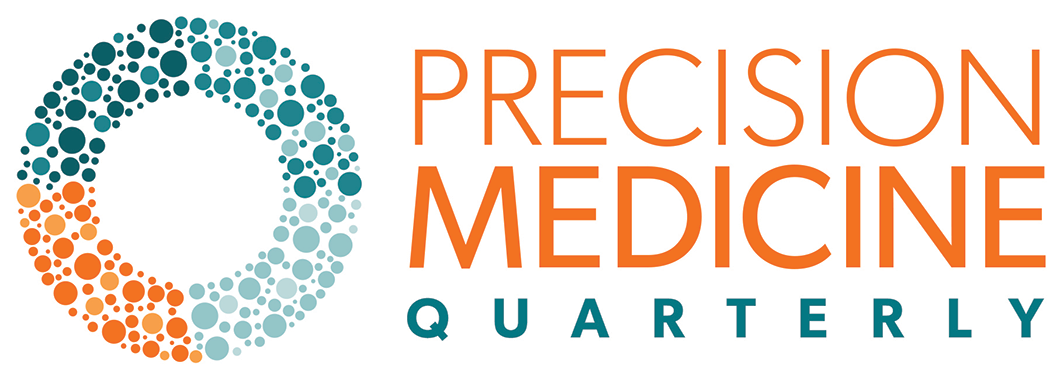California Gov. Gavin Newsom signed into law last week a state budget that includes $10 million for precision medicine research related to depression and $9.3 million to increase the participation of underrepresented communities in biomedical research.
The budget bill is California’s largest to date, at $308 billion, and the Governor’s Office of Planning & Research (OPR) claims this to be the only state-level bill in the US to specifically fund precision medicine research.
The precision medicine funding is allocated to the California Initiative to Advance Precision Medicine (CIAPM), which was established in 2015 and has so far received $66.5 million in cumulative funding. Its inclusion in the state budget bill extends its longevity through at least 2026.
“Additional funding in this year’s budget is very likely to extend our program to June 2029, pending a ‘budget trailer bill’ that is expected to pass next month in the legislature,” said Julianne McCall, codirector of precision medicine at the OPR.
The $10 million allocated for depression research will be represented in an RFP expected to launch this fall, following a stakeholder engagement process to collect comments and guidance from the legislature as well as from across California.
A three-year project funded through CIAPM is eligible for up to $3 million, with proposals typically asking for between $1.8 million and $3 million.
“But we reserve the right to award more projects for fewer dollars,” McCall said.
The initiative encourages highly multidisciplinary projects by taking a wide view of precision medicine that encompasses an individual’s molecular, environmental, economic, and social characteristics.
The OPR plans to disburse the $10 million set aside for depression research to projects that address the condition’s lack of reliable biomarkers and the rise in depression rates throughout the pandemic. In particular, funds will go to research institutions that partner with community groups and clinics in areas with disproportionately high depression rates.
Community partnership is, in fact, a key component of all CIAPM funding. This requirement aims to bring diverse community stakeholders into the research process, while also educating communities in precision medicine.
“What is special about the grants is that they bring in diverse expertise to take on challenging problems,” said Michael Snyder, director of the Center of Genomics and Personalized Medicine at Stanford University School of Medicine.
Snyder leads one CIAPM-funded project seeking to understand and mitigate the damage done to individuals by adverse childhood events.
“We hope that what we are doing will turn into real programs and policies that are widely used in the future,” Snyder said.
Another project funded by the initiative is led by Elad Ziv, a professor of medicine at the University of California, San Francisco, and seeks to address healthcare disparities in breast cancer among Latinas.
Through a genetic analysis of over 4,000 Latinas, Ziv and his colleagues have so far identified several previously unknown genetic variants that may contribute to breast cancer in this population. Several of these variants have been published in various journals this year.
As part of the project, the team is refining polygenic risk scores related to breast cancer among Latinas and is working to identify associations between a patient’s genetic variations and likely breast cancer subtypes.
“Most of what we are doing is focusing on science of the tumors, [such as] hereditary cancer risk and somatic mutation analysis, and community engagement work,” Ziv said. “But we have also collaborated with Kathryn Phillips, a health economist at UCSF, to evaluate coverage of genetic testing by MediCal in California.”
Phillips said that their study demonstrated that “Latinx patients face specific challenges to accessing testing such as testing for family members who may not live in the US.” As such, she noted, the researchers are calling for greater outreach and education for clinicians and patients.
Ziv pointed out that although Latinas are one of California’s largest demographic groups, relatively little work of this kind has focused on them.
The initiative’s second $9.3 million RFP goes by the working title of Equitable Participation in Research and is a partnership between the OPR and approximately 20 other organizations, including state agencies and private nonprofits. Its directives are to advance the science of community engagement and to tailor recruitment strategies for communities underrepresented in biomedical research.
“That includes communities of color, people who identify as LGBTQA+, those who have disabilities and that have historically been ineligible for most participation in trials,” McCall said.
This also includes rural residents, she added, who often live far from both healthcare facilities and clinical trial sites. In a separate but related measure, the state of California is seeking to expand telemedicine access to rural communities through its Broadband for All initiative.




